South Korean villagers protest US missile system deployment
South Korean villagers opposed to the deployment of a US missile defense system have taken part in a protest outside a military base in their country ahead of the first North-South Korea summit since 2007.
On Monday, thousands of riot police were deployed to disperse some 200 protesters gathered outside the base in the southern city of Seongju blocking supply trucks from reaching the site of the Terminal High Altitude Area Defense (THAAD) system.
“A peace treaty is being discussed... There is no more North Korea (nuclear threat) as an excuse (for deployment of THAAD). We can neither understand nor accept construction plans to operate the THAAD,” said a statement released by the protesters.
Locals have been blocking the only road to the base since mid-2017, forcing the US military to utilize helicopters to bring in fuel, food and other supplies.
Read More:
- South Korean protesters block entrance to THAAD installation site
- South Korea suspends deployment of more THAAD pieces
- South Koreans rally in Seoul against THAAD deployment
The recent attempt to bring in supplies via road sparked fresh outrage among local villagers. The trucks were carrying supplies aimed at improving the living conditions of the troops stationed there.
The protesters clashed with police, demanding for ambulances be called in the deal with the wounded.
“It is imperative to improve living conditions of troops based in Seongju city. We can no longer delay this so the ministry started deploying workers, materials and equipment needed for the construction today,” said a South Korean Defense Ministry.

South Korea decided to host the missile system in 2016 under ousted president Park Geun-hye to deter perceived threats from North Korea. The first pieces of the missile system started arriving at the Osan Air Base in South Korea in March with the approval of Seoul’s then-caretaker administration.
Earlier on Friday, North Korean leader Kim Jong-un said his country’s quest for nuclear weapons was “complete” and it “no longer needs” to test its weapons capability, the state-run KCNA news agency quoted him as saying. He added that he would also shut down a nuclear test site in the northern parts of North Korea to pursue economic growth and peace on the Korean Peninsula.
The significant development came ahead of diplomatic engagement with both South Korea and the US, and six days before a meeting between Kim and South Korean President Moon Jae-in in the Demilitarized Zone that divides the volatile peninsula.
The meeting is regarded as a precursor to an eagerly-awaited planned meeting between Kim and US President Donald Trump, expected to be held at the end of May or beginning of June.
Washington and Pyongyang have no diplomatic relations. The US has imposed many rounds of sanctions on North Korea, has substantial military presence near the country, and numerously threatened to invade it.

Tensions on the Korean Peninsula were running high in 2017. Trump’s threats last year prompted North Korea to carry out its most powerful nuclear test to date and launch intercontinental ballistic missiles capable of reaching the United States
But Kim expressed sudden interest in the resolution of disagreements with the South on New Year’s Day, and a series of overtures began.
Hamas thanks Iran, Resistance Front following achievement of ceasefire in Gaza
'Capitulation': Israeli officials and media concede Gaza defeat as truce unfolds
'Gaza has won': Social media users react to ceasefire with mix of relief, joy
Iran seeks South Korea’s assistance for AI, fiber-optic projects
VIDEO | Iran's 'Eqtedar' (Power) maneuver
Israel hits HTS military target in Syria for 1st time since fall of Assad
VIDEO | Press TV's news headlines
Israel has slaughtered 13,000 students in Gaza, West Bank


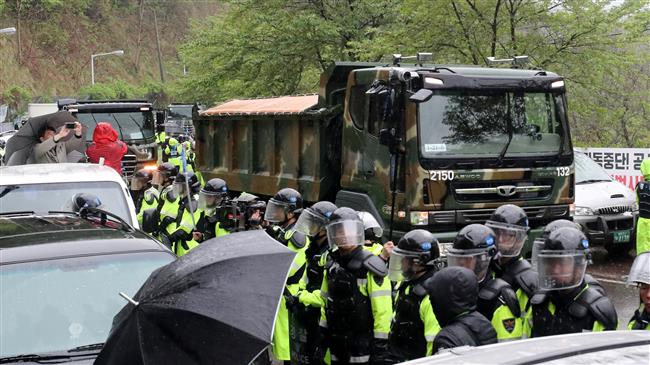

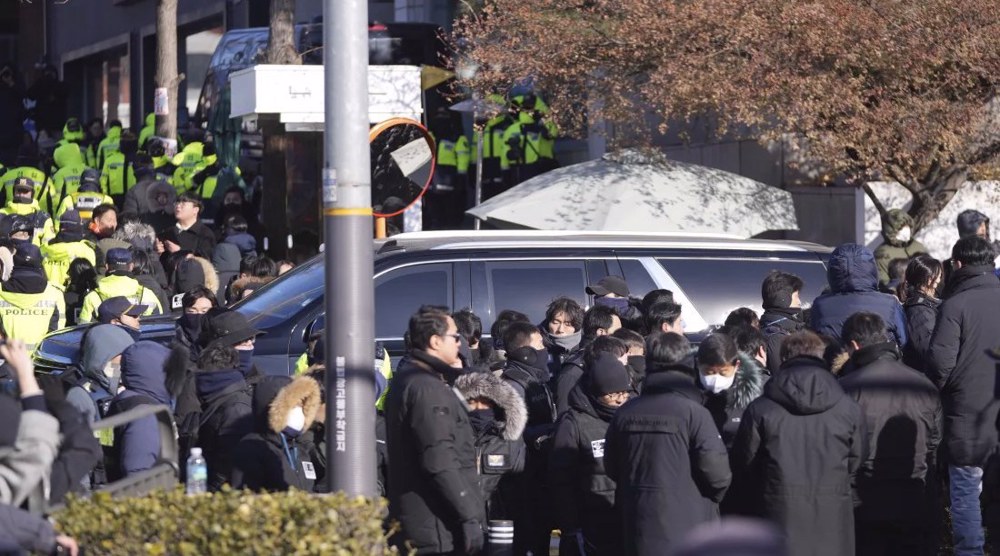

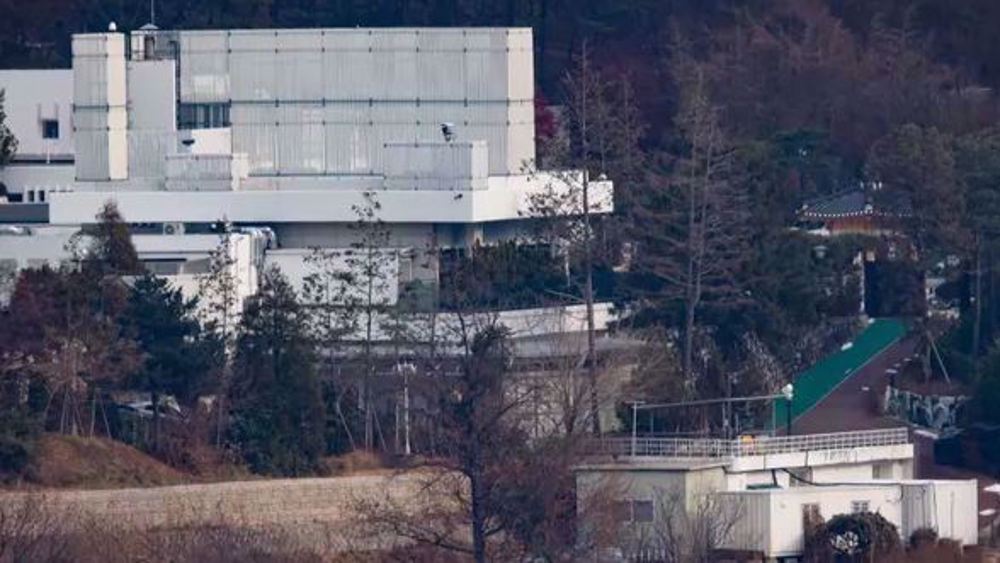




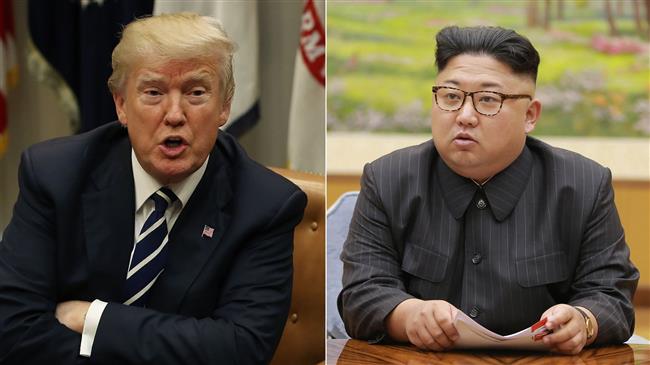
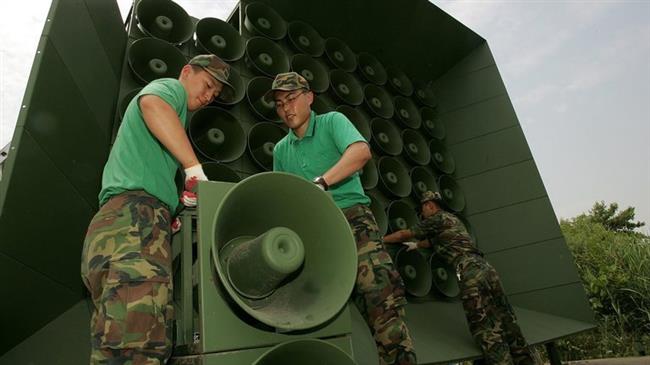

 This makes it easy to access the Press TV website
This makes it easy to access the Press TV website